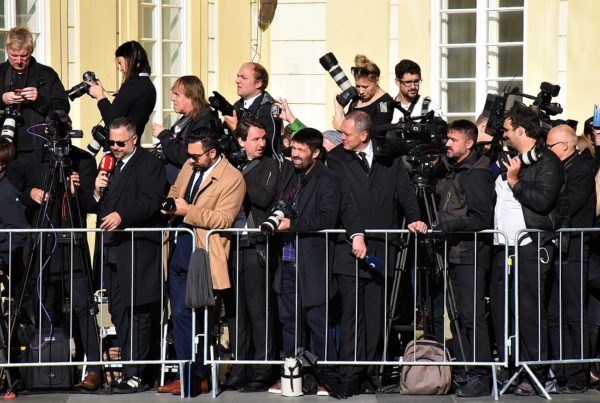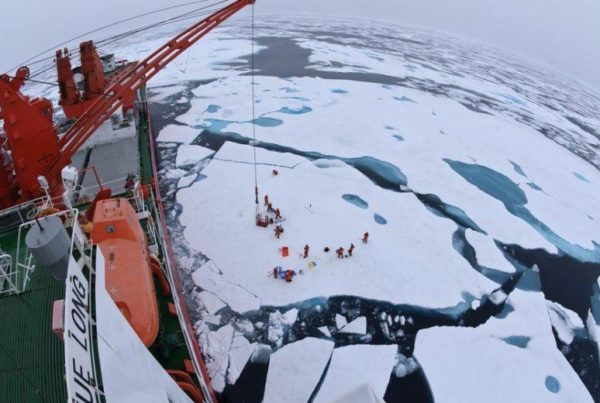By Stephanie Carvin. (Originally published March 14, 2016 on OpenCanada.org. Re-printed with permission)
Last week there was a lot of attention in the media that Canada is considering purchasing drones that would have the capability to be armed.
This should not be a surprise – Canada has used drones in Afghanistan for surveillance and has considered procuring them under the Joint Unmanned Surveillance and Target Acquisition System (JUSTAS) program for over a decade. Further, there are clear financial reasons. Where a Reaper drone costs approximately US$17 million, the cheapest model of the F-35 starts at about US$98 million. (Although some armed drones, such as the Global Hawk can cost up to US$222 million each.)
Armed drones immediately conjure up worrisome ideas about the CIA program that has operated overseas. This is seemingly at odds with the new global vision that the Trudeau government has been touting. But Canada purchasing drones would not make it a global exception. A recent global survey of the technology reveals that over 90 countries have military drones of some kind. Of these countries, 27 have “advanced drones” that can spend at least 20 hours in the air, fly 16,000 feet and weigh at least 1,320 pounds. Ten countries had armed drones as of 2015, but it is expected that many more are acquiring them going forward. Last year Nigeria and Pakistan used drones against armed insurgents in their borders.
Where does this put Canada?
First, it is important to note that Canada is contemplating drones with an armed capability, not “armed drones.” Drones are not just killing machines – they are useful for surveillance in many of the military operations that the Trudeau government appears to be contemplating. This includes peacekeeping, where drones may be used to monitor a ceasefire agreement (they have been used in the Great Lakes region of the Congo). They can also be used in training missions in dangerous territory (such as Canada’s new mission in Iraq/Syria) that can help Canadian forces and the troops they are training to have a better understanding of their operating environment.
Second, a Canadian armed drone program would be very different from the CIA’s program for at least three reasons. First, Canada does not have an external intelligence service with global surveillance capabilities like the CIA. Second, our drones would be operated by the Department of National Defence, which means their use would be governed by military law, including the laws of war, in conflict zones. Third, when Canada operates overseas, it always does so in a coalition with its allies, normally at the invitation of a government or in a mission with a mandate of an international organization (usually the United Nations). These three factors basically ensure that it would be nothing like the CIA program.
Questions going forward
The danger with new-ish technology like drones is that they can become a distraction and preclude hard thinking about bigger and more important issues. Clearly, it is right that we should be asking questions about whether Canada should be purchasing drones, but we need to ensure that we are asking the right ones. For example, does it actually make sense to purchase drones? Are we getting them simply because our allies have them? Because they are cheap? Or is it because we have thought about the kinds of mission that Canada is likely to fight and they would be appropriate and useful tools?
Another important set of questions is what happens to the information that drones collect in surveillance operations overseas? How is it shared with allies and stored? If the footage or data reveals patterns of life in villages, do we ensure that the information does not go to states or parties that would wish to exploit this data? Or if drones are being used to support humanitarian operations, what are the best practices to ensure that the principles of neutrality are being respected?
There may be concerns that having this technological capability is an enabling device, where Canada may be more willing to engage in kinetic operations because drones make it easier. But as noted above, the fact that Canada only operates in coalitions with a mandate should put this fear to rest. Additionally, if Canada does engage in kinetic operations, does it really matter if it is done with an F-18, and F-35 or a Reaper drone? The effect will essentially be the same – so let’s focus more on the nature of our military missions and not the tools that are being used to accomplish them.
Stephanie Carvin is an Assistant Professor of International Relations at the Norman Paterson School of International Affairs.








